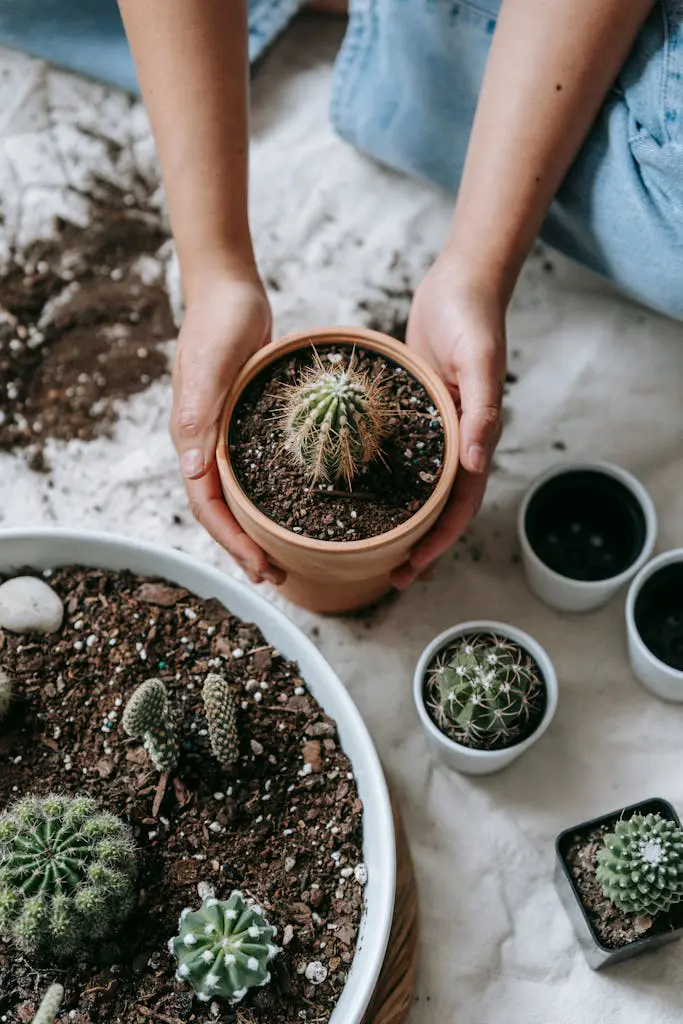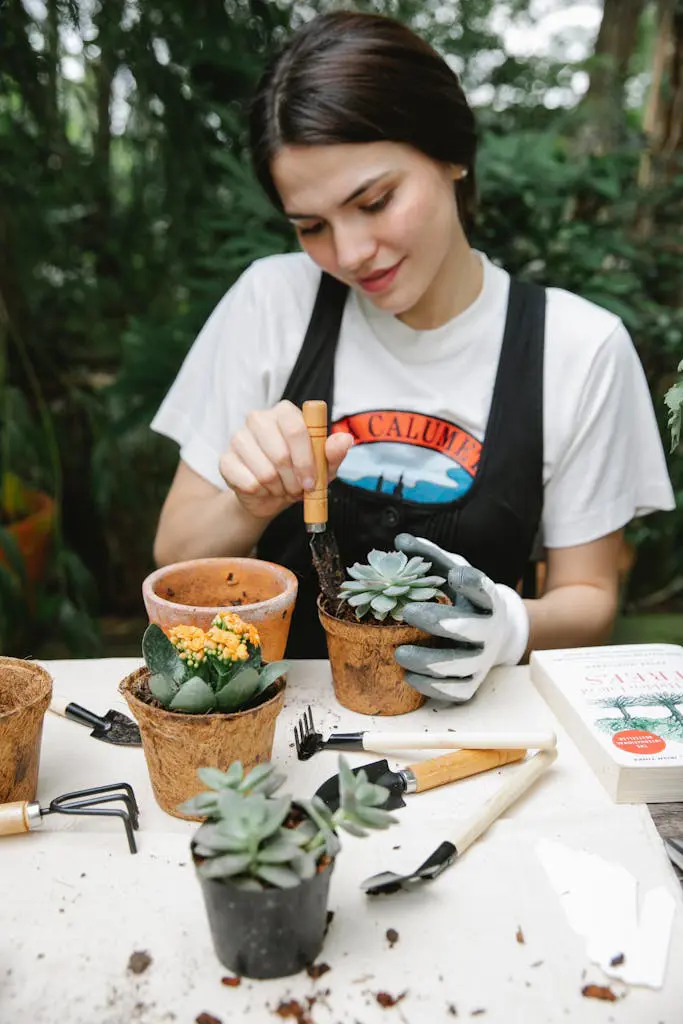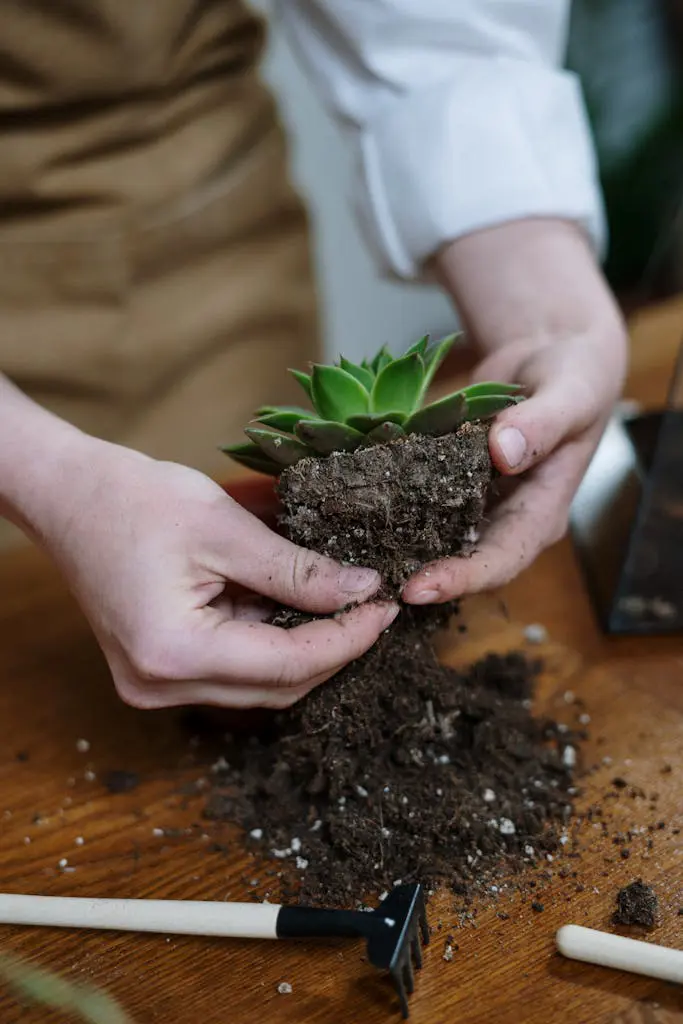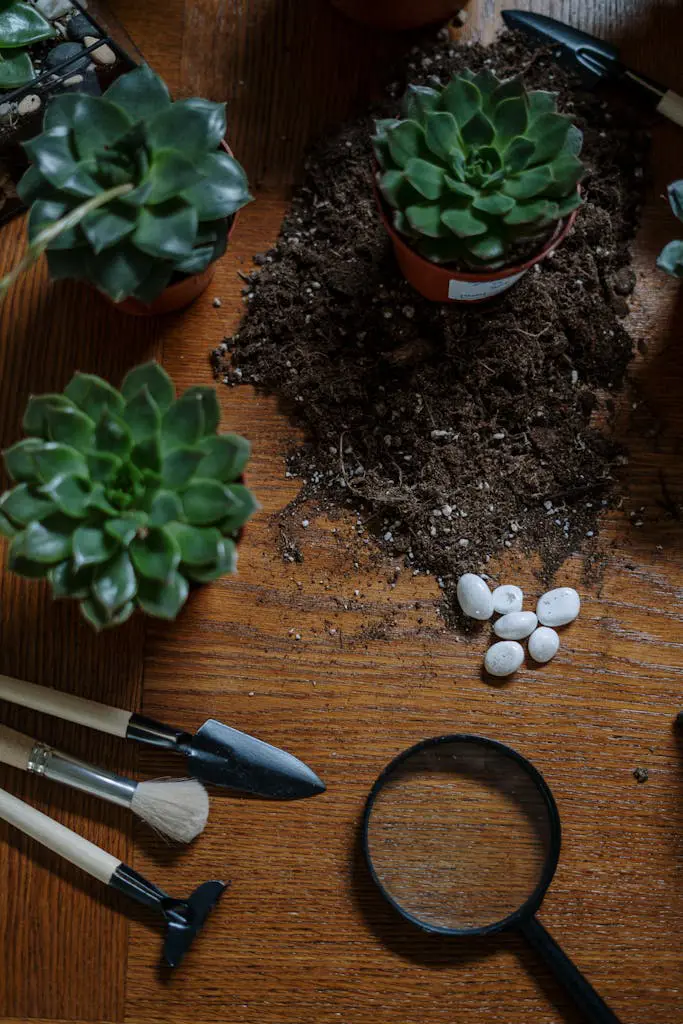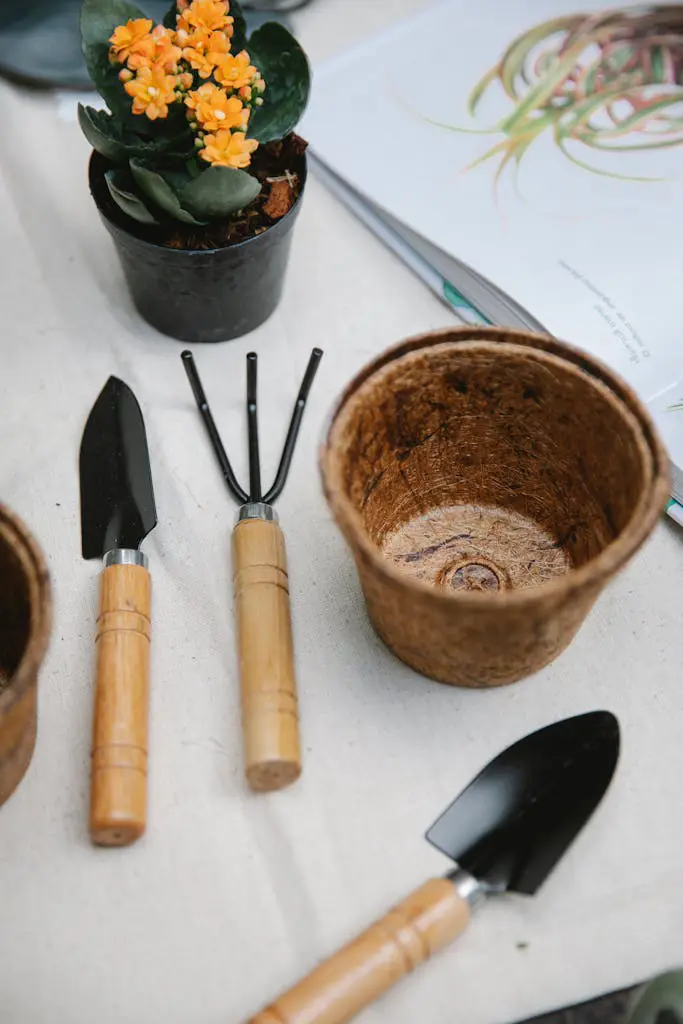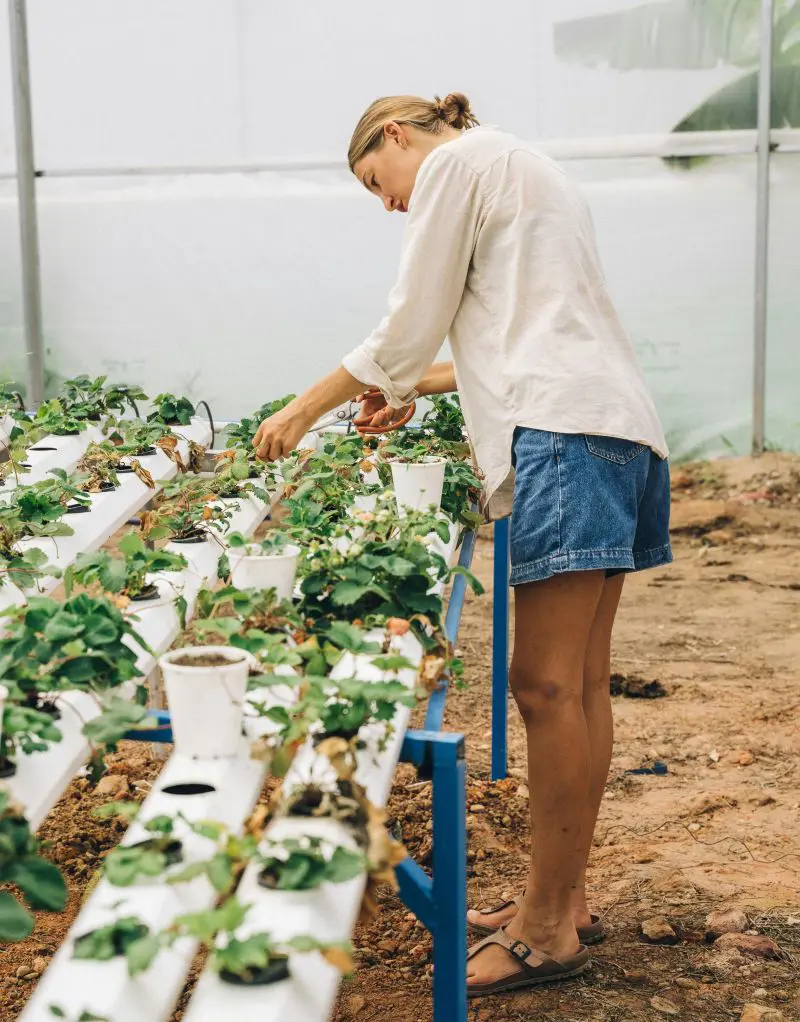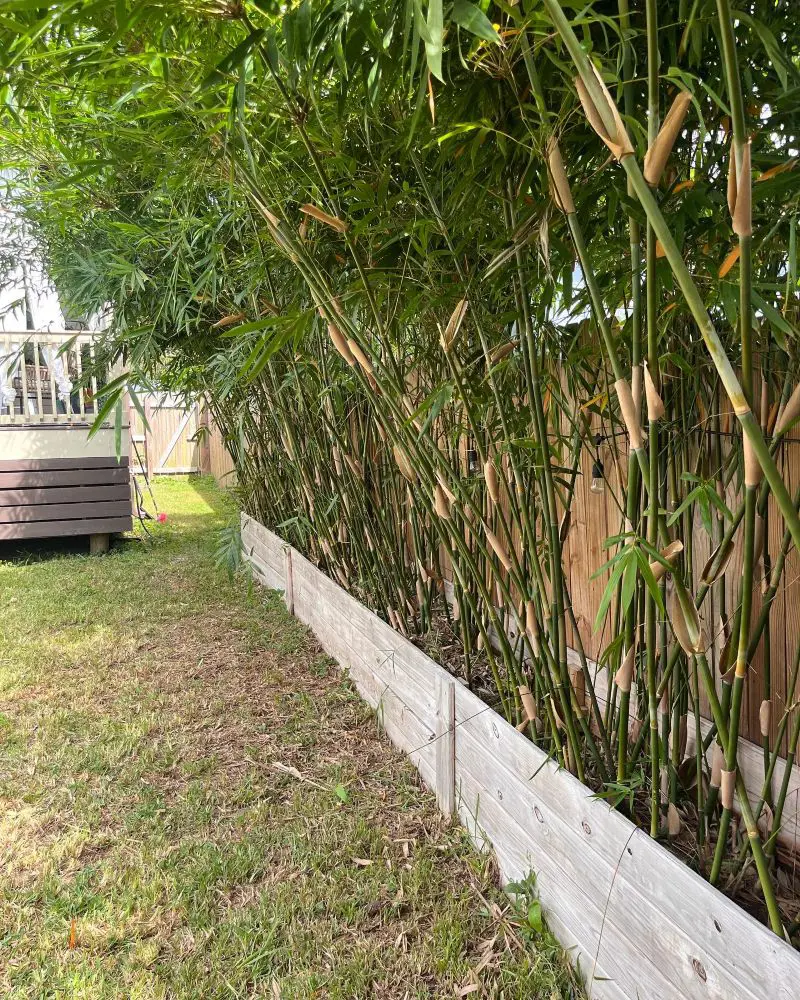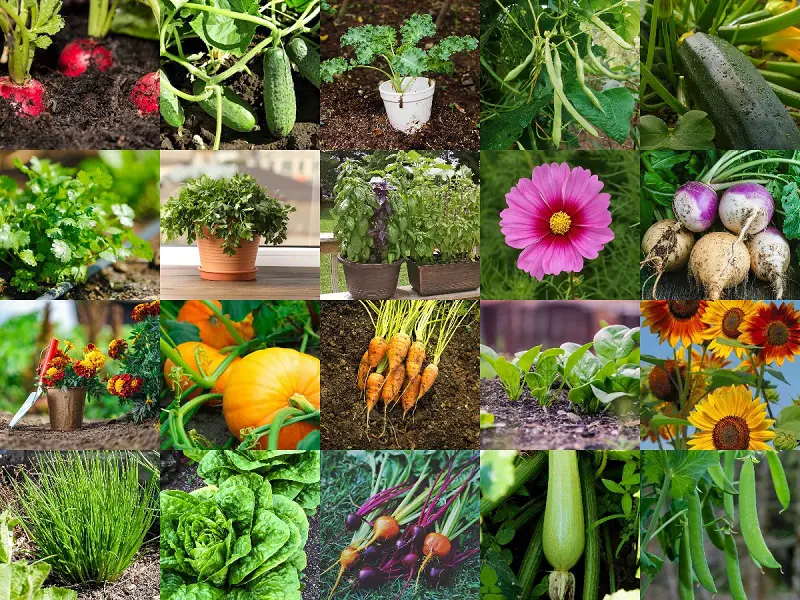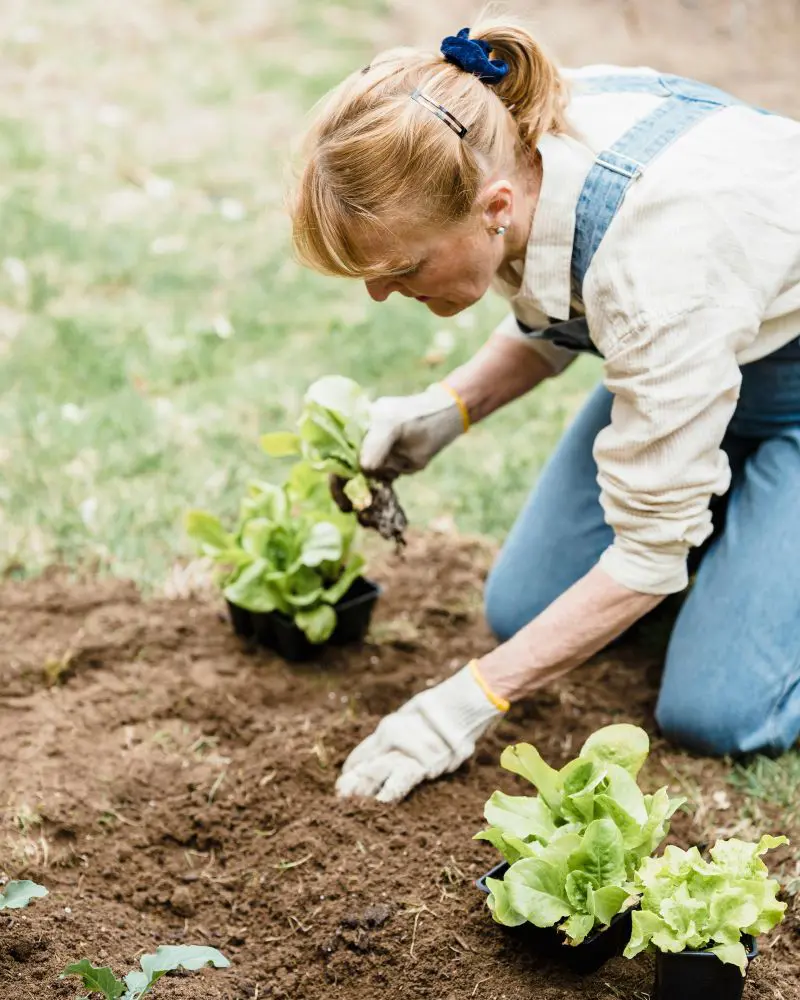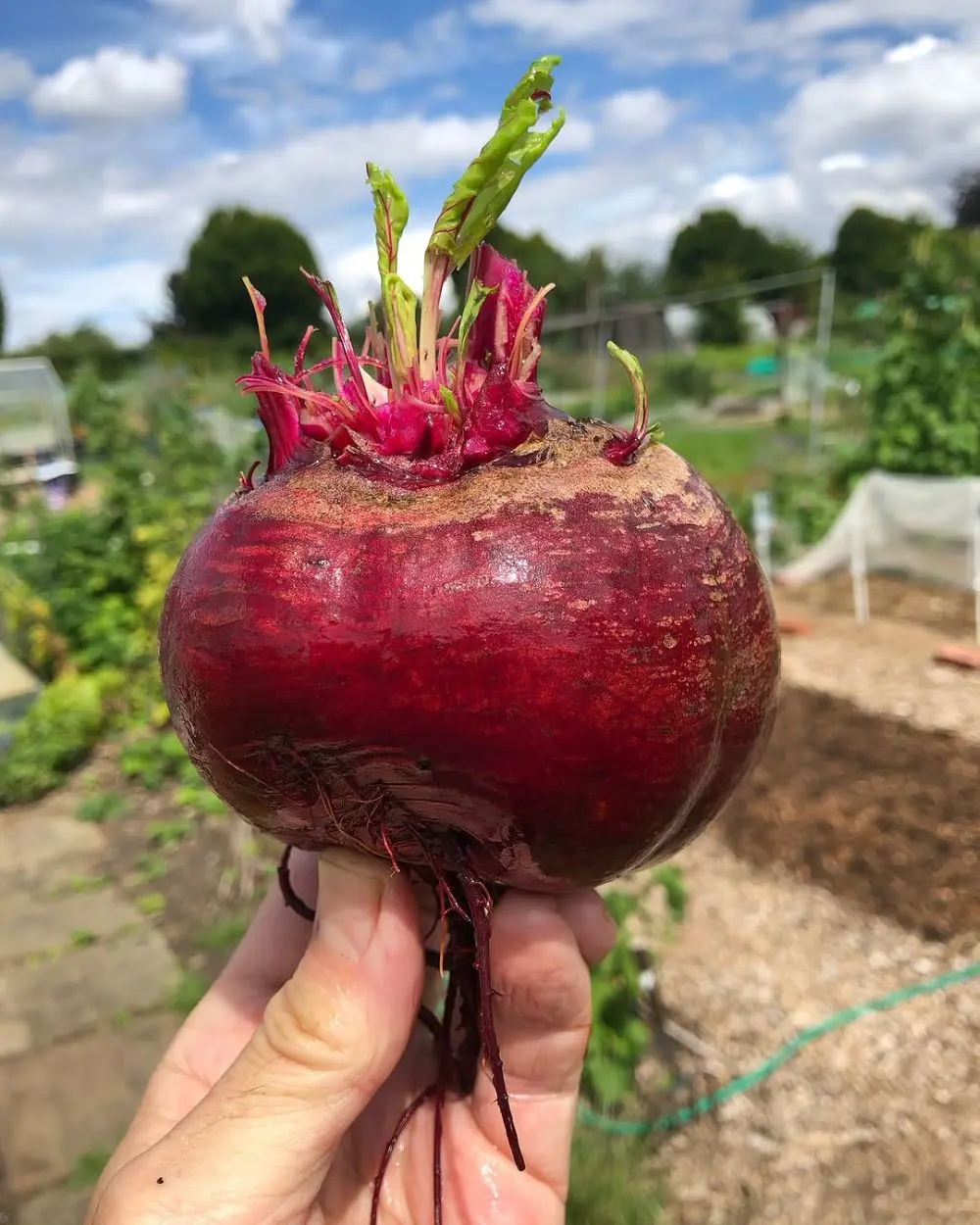What Type of Soil Is Good For Succulents?
Unlike typical houseplants that need a rich, moisture-retaining potting soil, cacti and succulents thrive best in a very different type of soil mixture. Traditional houseplant soil is dark in color from containing a high percentage of organic matter like compost, bark, and decomposed plant materials. This organic matter helps hold moisture in the soil.
Succulents in soil, on the other hand, is made up primarily of inorganic or mineral components with very little organic matter. This is because succulents are drought-tolerant plants adapted to dry, arid environments. Their specialized leaves and stems are designed to store water, so their roots don't require constantly moist soil.
For succulents, the ideal potting mix contains:
- A high percentage (50-70%) of coarse minerals like sand, perlite, or pumice
- A low percentage (30-50%) of organic matter like a small amount of compost or bark
The large volume of mineral grit creates a loose, grainy, porous soil texture. This type of soil mix has excellent drainage and does not compact or absorb moisture readily. Any excess water rapidly passes through after watering, instead of being retained.
There are a few key reasons this fast-draining, porous mineral soil is perfect for succulents:
- It avoids moisture accumulation around the roots, preventing root rot and fungal issues that excess moisture causes.
- The loose particles allow the roots to spread easily and latch on for solid anchoring.
- The soil dries out rapidly after watering, replicating the arid environment succulents have adapted for.
In contrast, a traditional dense, organic-rich potting mix would stay saturated for too long, leading to root rot and plant death in moisture-sensitive succulents. Their roots are designed to quickly absorb any available water, then have the soil dry out again completely.
With the proper loose, grainy, mineral-based soil mixture, succulent roots can solidly anchor while having their unique drought-tolerant, moisture-needs met through infrequent watering. The porous, fast-draining soil creates an ideal base for healthy succulent growth.
